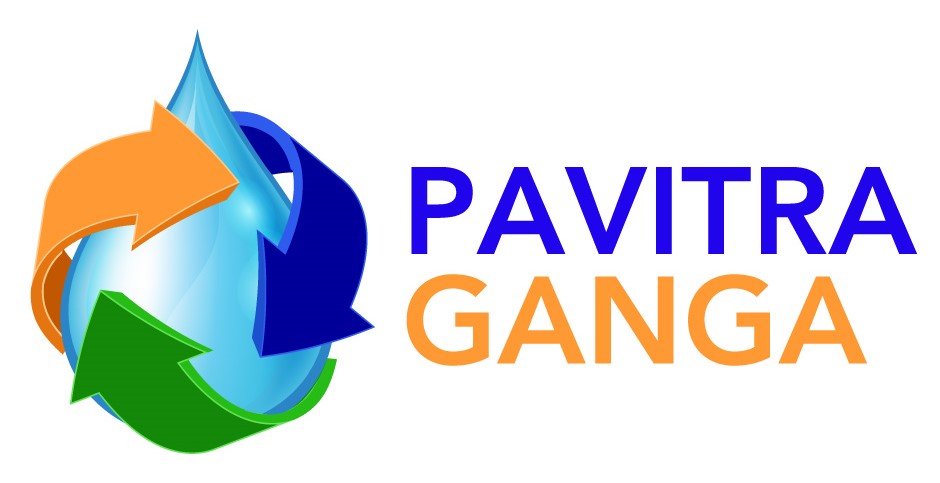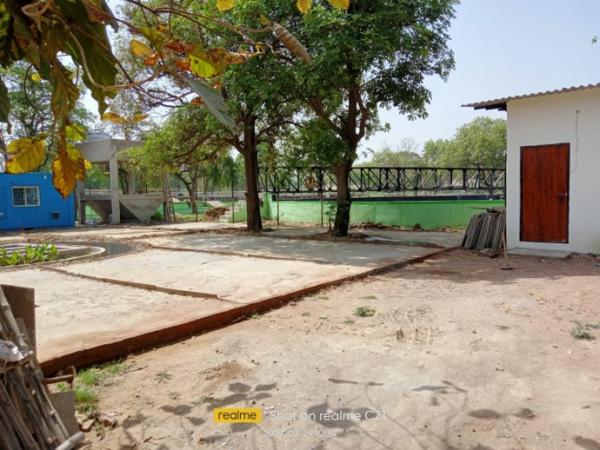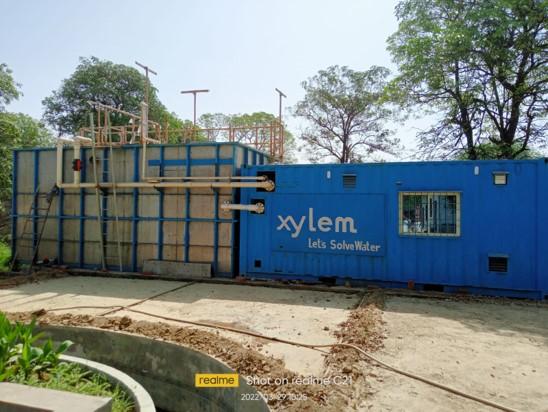About Jajmau treatment plant
There are only three sewerage treatment plants in Kanpur city, and they are located in Jajmau where tanneries are located. Also, there is one treatment plant in Unnao town. The four plants together have a wastewater treatment capacity of only 190 MLD, which is only 25% of the total wastewater generated in the Kanpur Metropolitan Area (KMA).
Additionally, a 43 MLD new STP in Jajmau is yet to be commissioned, though the trial runs have already been completed.
There are over 16,000 registered industrial units, of which leather processing units haveng the highest fraction. The Jajmau cluster of tanneries in Kanpur consists of 400 sites and while it is mandatory for tanneries to have an effluent treatment plant within their premises, most of them discharge effluent with only primary treatment.
In 1994, Uttar Pradesh Jal Nigam (UPJN) installed a 36 million liter per day (MLD) common effluent treatment plant to treat the effluent from tanneries along with the domestic wastewater to make it more amenable to biological treatment. But the enormous increase of effluent discharge from tanneries ( from 9 MLD to 26 MLD) makes the plant operation difficult.
Analysis of the sewage water show high concentrations of chromium (Cr) originating from the tanneries. Other large industries in the area are textile, jute and chemical manufacturers who are linked to the prevalence of heavy metals similar to that in the Barapullah area LINK. Additionally other heavy metals like cadmium (Cd), iron (Fe) and magnesium (Mg) are present in the wastewater.
More about Kanpur
Kanpur is located in the State of Uttar Pradesh and is the 10th most populous city in India with over 3 million people. The region is one of the major urban and industrial centres along the Ganges.
Over the past 50 years, Kanpur has grown by only 4 square km but the population has increased by more than three times. As a consequence, population density has increased dramatically, thus putting more pressure on the existing natural resources in the city. Domestic water demand is estimated at 600 million litres per day (MLD) however, only 385 MLD is supplied due to infrastructure limitations.
The estimated sewage generation in Kanpur city is about 339 MLD but only 50% is treated. A minor amount of treated wastewater is reused in irrigation. The rest of it and the untreated wastewater are directly drained into the river Ganga (North Kanpur) and river Pandu (south of Kanpur).
A look at the territory of the city shows that the sewerage system covers only 29 percent of the city area which is being administered under four districts and five different zones. The total length of the main and trunk sewers is 74 km whereas branch sewer lines are 875 km.
Pavitra Ganga Dashboard
Discover the results of the water quality monitoring and modelling of the Pavitra Ganga project for the Kanpur Metropolitan Area.

Innovation Pilot Site
Layout of the innovation site


